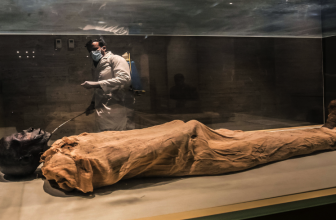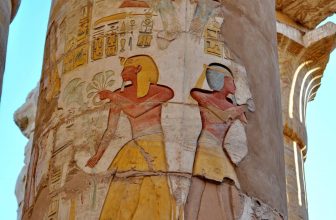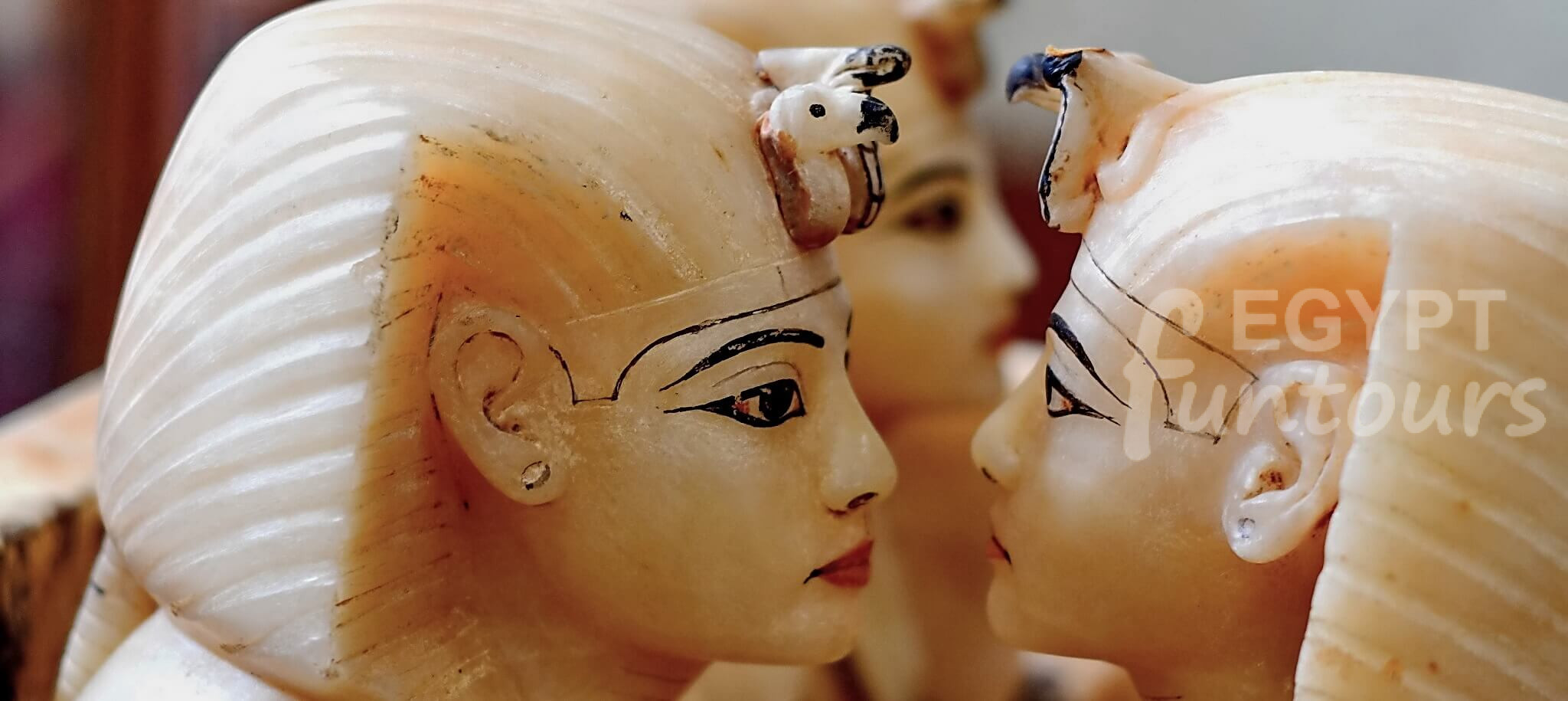Elephantine Island, Aswan’s main tourist attraction, is peppered with palm tree plantations and sloping settlements of colorful mud-brick homes. The Aswan Museum and the Ruins of Abu, Aswan’s most ancient town, are located at its southern end and include the Old Kingdom Temple of Khnum and the Temple of Satet.

The museum, housed in a magnificent late-nineteenth-century villa, is partially open and houses a collection of items spanning Elephantine Island’s history up to the Roman era.
Aswan’s Nilometer is located on the eastern embankment near the ruins and down a flight of stairs. With these stone-hewn wells, the ancient Egyptians measured the Nile’s rise and fall, allowing them to estimate the height of the yearly flood and so anticipate the success of their crop.

After you’ve done exploring the ruins, go north onto the island to explore the backstreets of the towns of Koti and Siou, where the dwellings are brightly colored. In the small passageways, sheep graze and birds peck, while farmers cultivate their gardens as they have for decades.
You may take a rowboat to Kitchener’s Island from the boat landing on the western side of the island at Siou. This island was formerly the property of Lord Kitchener, who converted it into a beautiful garden of exotic plants from Asia and Africa. It is now officially called Aswan Botanical Gardens (but no one calls it that). Local boats run frequently from the boat dock in downtown Aswan to Elephantine, or you may hire a felucca to cruise you around the island.






















